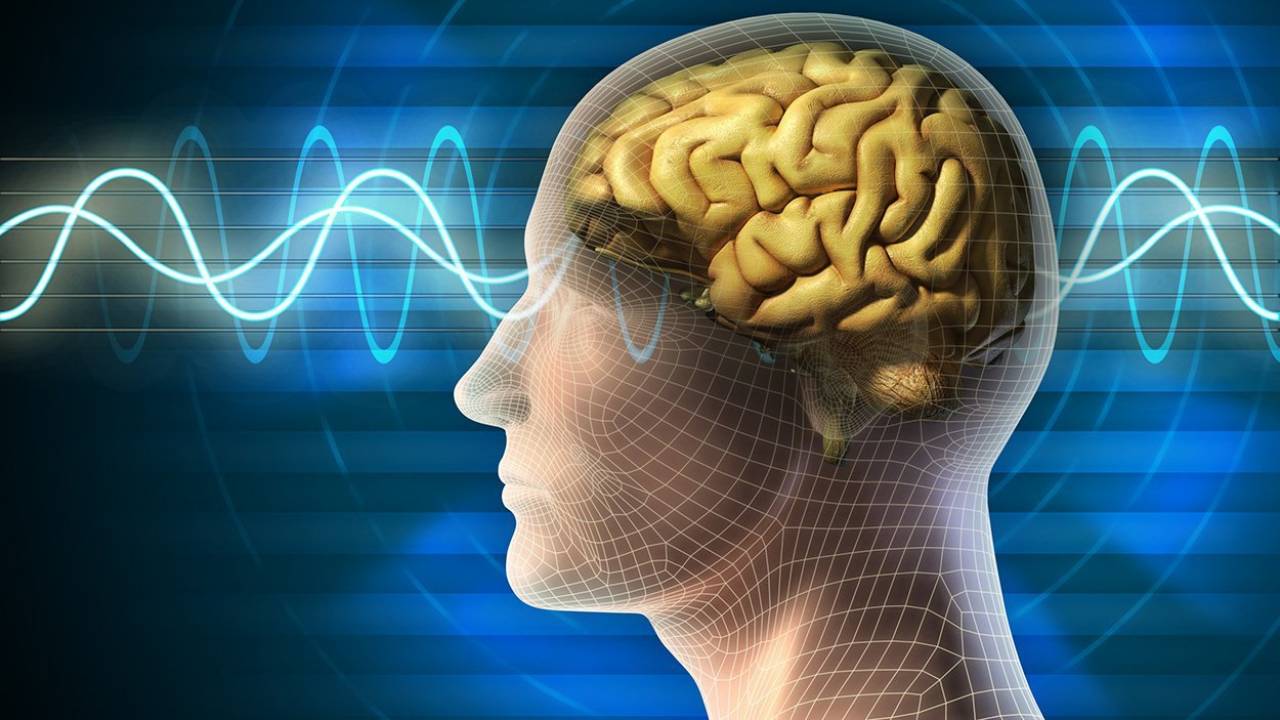Much of what we know today in modern medicine was once an enigma. The most commonly applied medical treatments today (such as anesthesia) or processes related to our body (such as metabolism) were once experienced. your hero doctors made possible by doing experiments on himself.
Let’s take a look at the heroic scientists who risked their lives for science, some of whom unfortunately lost their lives for this cause, and their contributions to us today.
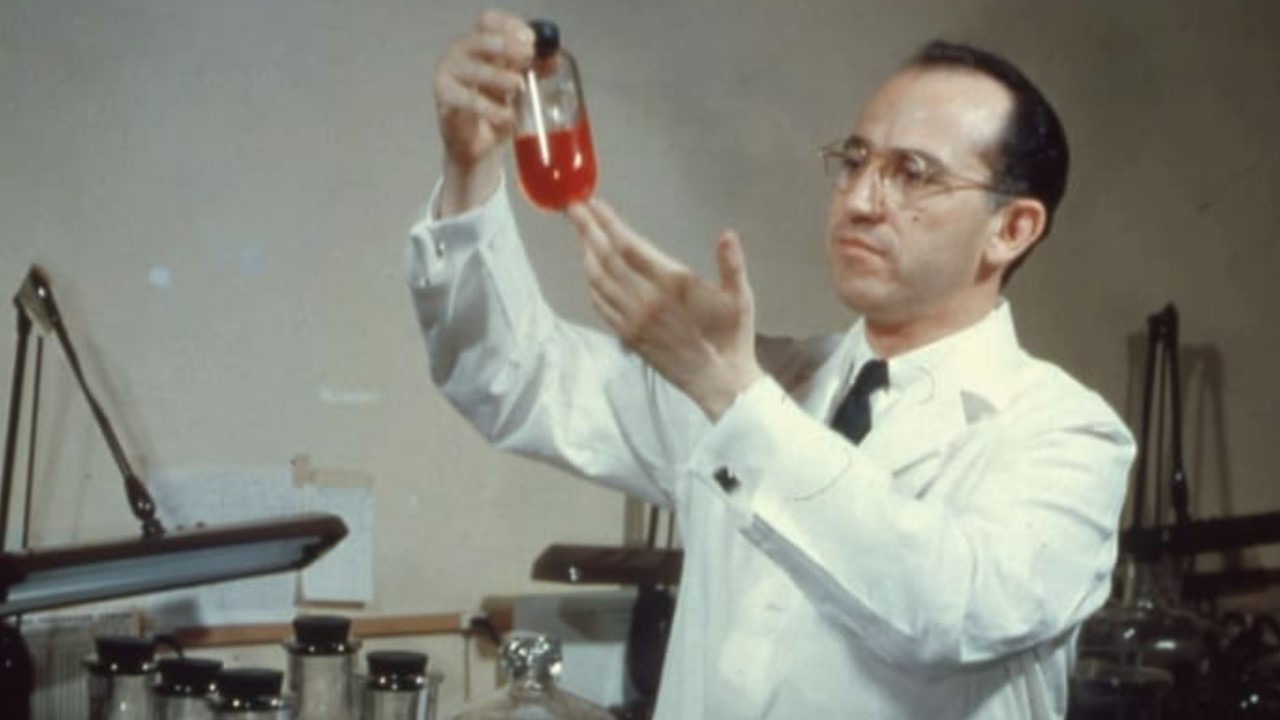
American virologist Jonas Salk, the first to work the polio vaccine one of the developers. When a vaccine was developed for this disease that plagued the world at the beginning of the 20th century, testing on healthy people was required to try it. Our hero doctor stepped forward and volunteered both himself and his family in vaccine trials. Fortunately, this big gamble trial of the vaccine proved to be a positive result. The most interesting thing is that Jonas Salk is vaccinated. did not want to patent and none of the vaccines he discovered did not receive any financial income. Perhaps the most striking sentence of Salk, who died in 1995, was this: “Can you patent the Sun?”
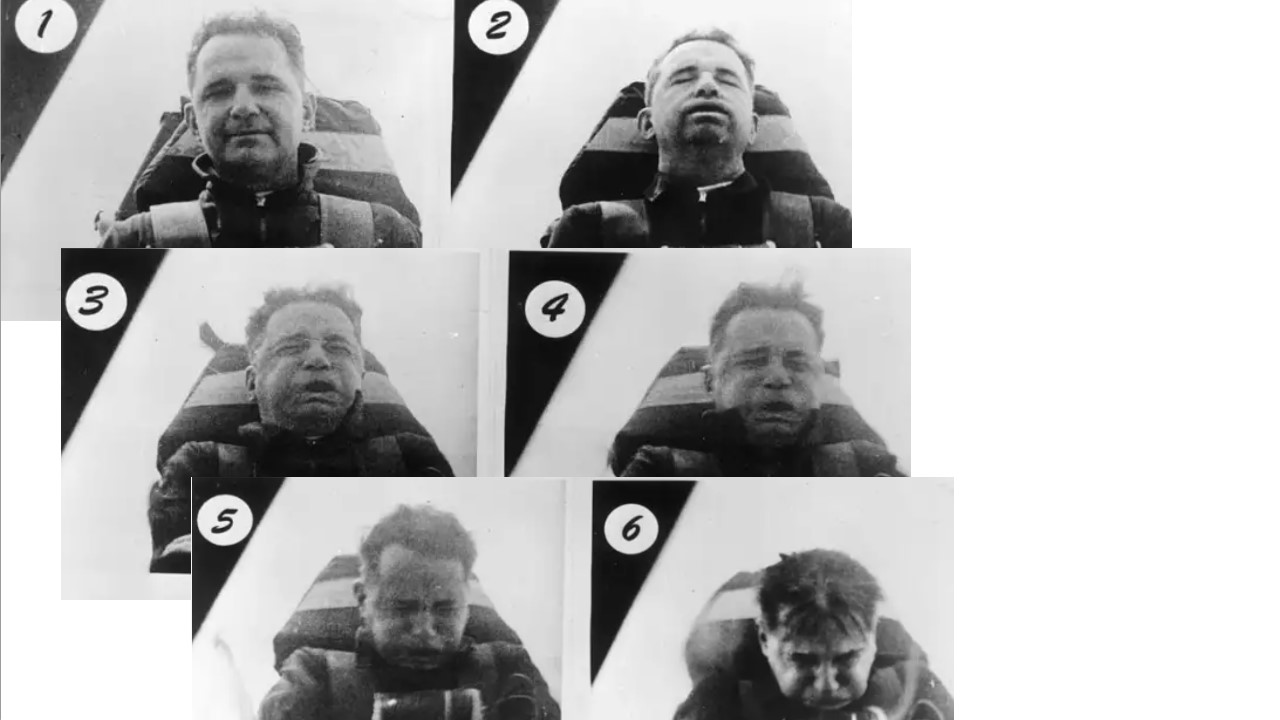
Air Force officer and surgeon John Paul Stapp, someone who has experimented on himself to understand how the human body responds to sudden deceleration and sudden acceleration events. Attaching himself to a rocket sled for the experiment, Stapp experimented at speeds close to the speed of sound. Stapp, whose many bones were broken and his retinas were temporarily damaged, decided that the human body could withstand a force of 45 G during forward motion.
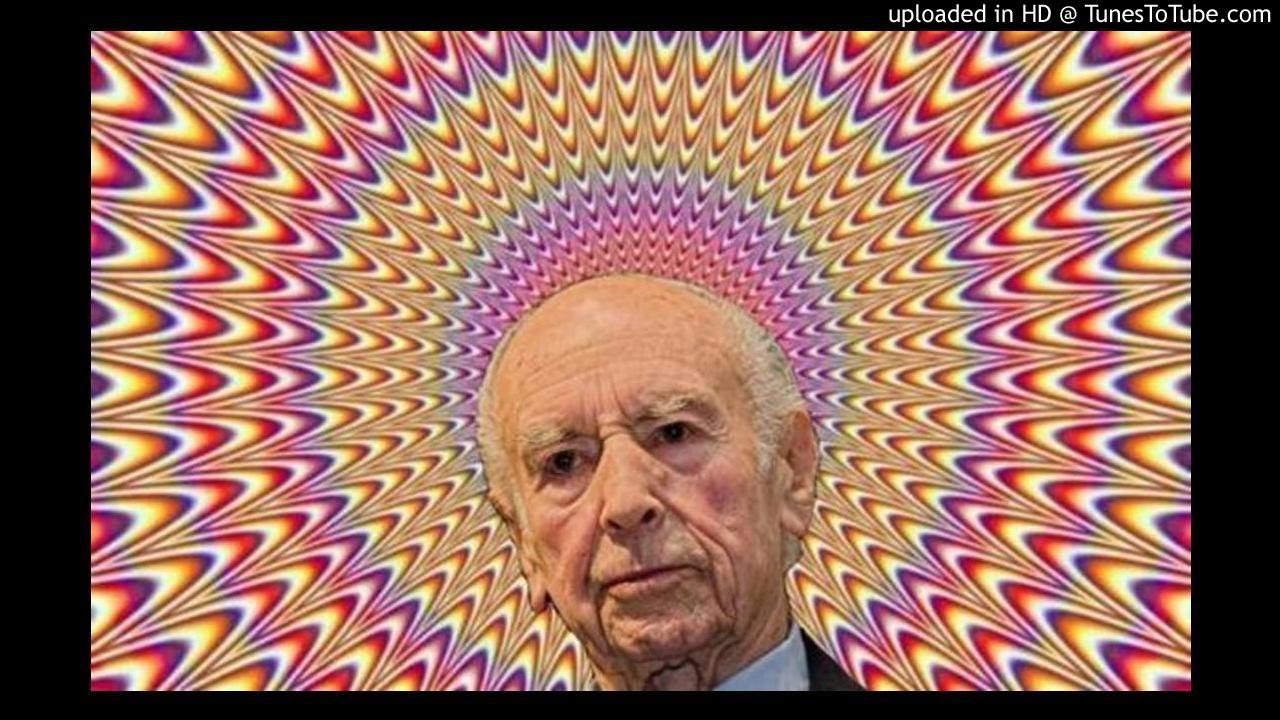
Swiss-born pharmacist Albert Hoffmanndiscovered LSD completely by accident. Hoffmann, who used the coriander plant (a medicinal herb used by the Egyptians and Greeks for centuries) to make medicine in 1938, initially did not use the mixture. Exactly five years later, while doing drug trials with the same plant, he unwittingly touched his face and unintentionally consumed some of the drug. Feeling a little tired, dizzy and drunk, he wanted to close his eyes and rest. What is this? Some images, colors, etc. he was coming. Thus, he realized the effects of the interesting mixture he obtained while making medicine.
Hoffmann, who tried some more the next day, experienced the same effects. We owe LSD, which is used for therapeutic purposes in medicine today, to Albert Hoffmann.
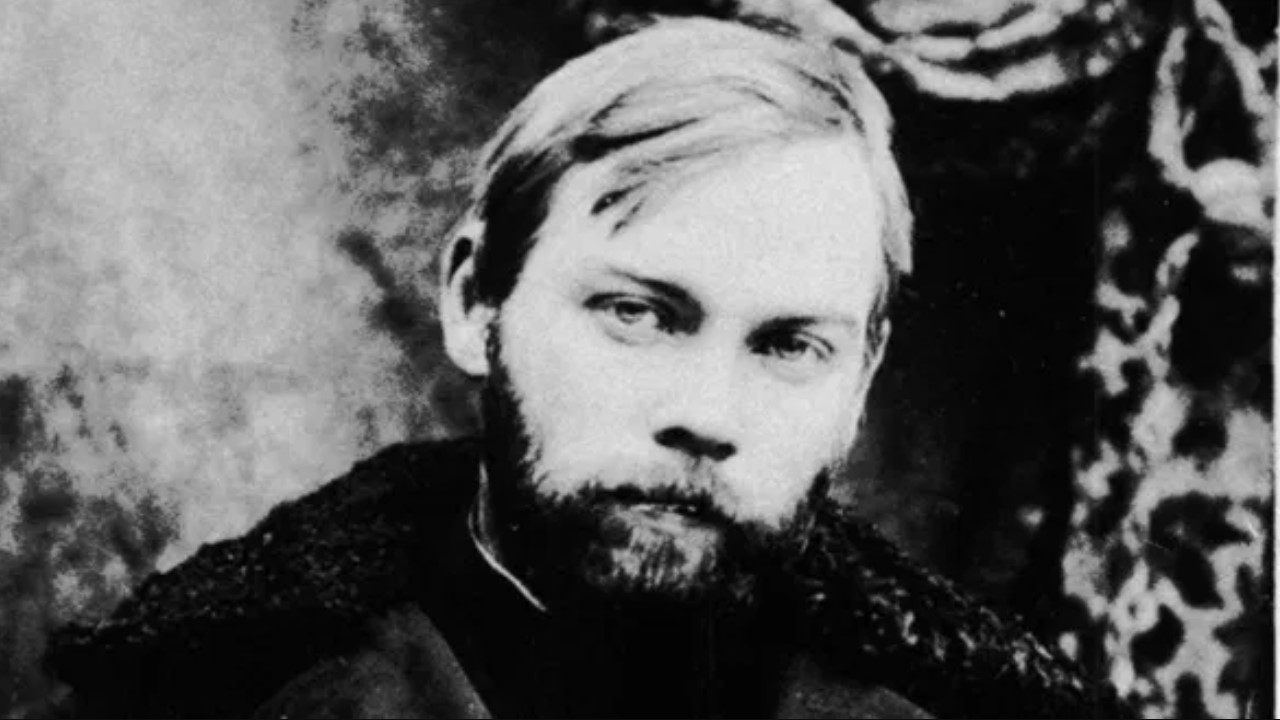
Russian scientist considered one of the pioneers of cybernetics Alexander BogdanovHe is also the founder of the world’s first blood transfusion institution. Hematology Our hero, who is a pioneer in the field of (science of blood diseases), performed blood transfusions on himself 11 times. He stated that these procedures had improved his baldness and vision. Unfortunately, Alexander Bogdanov was among those who lost their lives for the sake of science because the blood he used during his last blood transfusion had malaria and tuberculosis.
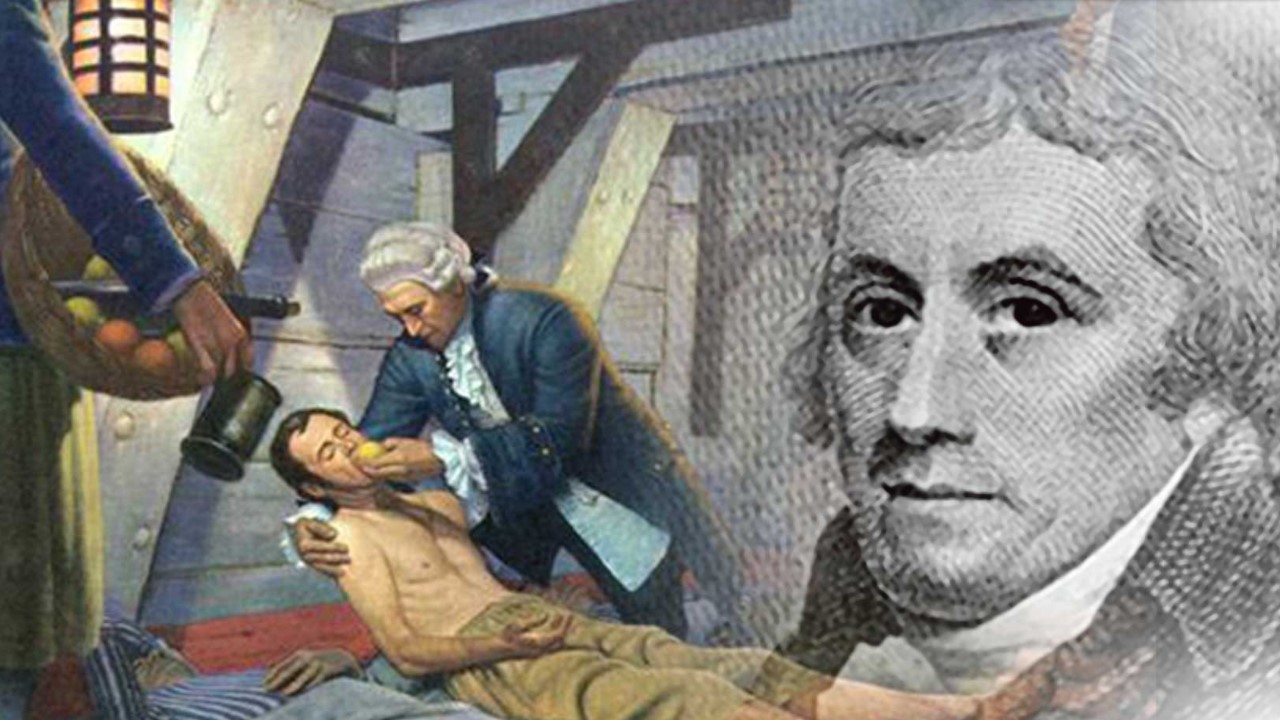
Witnessing the yellow fever epidemic that raged in 1793 Stubbins Ffirththought that the disease was not contagious. To prove his point, he wanted to examine black vomit, one of the most distinctive features of the disease. And on himself… It wasn’t enough to rub it on the wounds he opened on his body and his eyes, he also drank this disgusting thing… Ffirth, who also smeared blood and urine from infected people on his body, not sick. Thus, he concluded that yellow fever was not contagious. Researchers later realized that yellow fever was contagious, but only transmitted by the bites of infected mosquitoes.
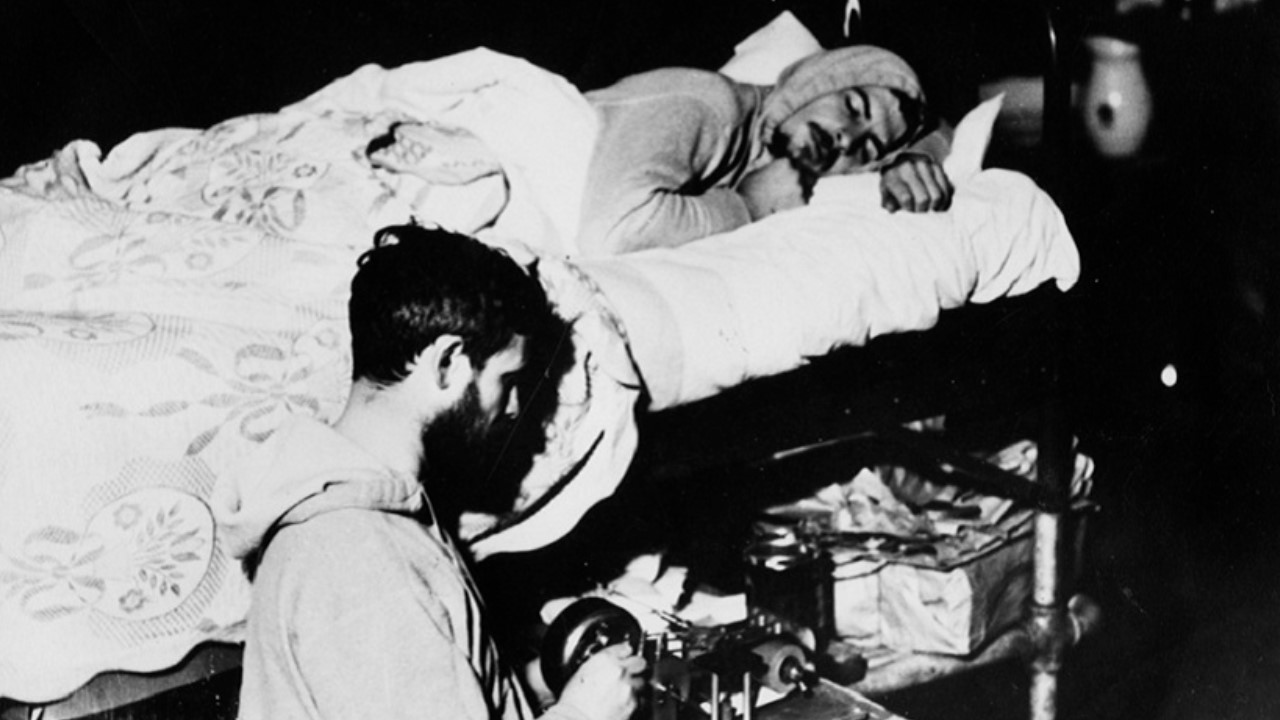
physiologist and sleep researcher Nathaniel KleitmanHe is recognized as the pioneer of modern sleep research. Kleitman, who founded the first sleep laboratory in 1925, published the first comprehensive textbook on sleep in 1939. In 1953, he introduced the concept of REM sleep to the world with one of his graduate students, Eugene Aserinsky.
Dikkat: Sitemiz herkese açık bir platform olduğundan, çox fazla kişi paylaşım yapmaktadır. Sitenizden izinsiz paylaşım yapılması durumunda iletişim bölümünden bildirmeniz yeterlidir.
Kaynak: https://www.webtekno.com/kendi-uzerinde-deney-yapan-kahraman-bilimciler-h109786.html

